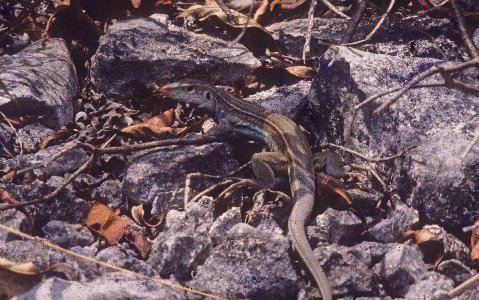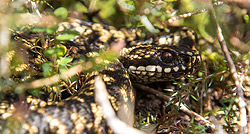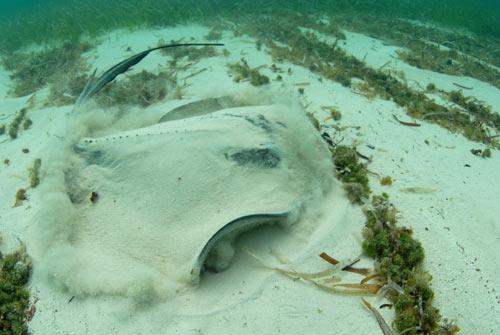

Recently, North Bimini has become a popular tourist destination and is a great spot if you are looking for a place where there is always something to so. On Bimini, which is known for its world class diving and fishing, waterfront lots abound. Collect it and contain it if possible, but be very careful as you will not know what type of snake you have found.Trust the team with years of experience buying & selling Bahamas real estate! If you find a snake that looks unfamiliar, you should report it to the Department of Agriculture. Non native snakes should be removed from the Bahamian environment. However, it poses a threat to our endemic (found no-where else) Brown Racers and other animals by competing for the same food source.
#BIMINI ISLAND RACER SNAKE SKIN#
Despite its venomous appearance, with bright colourations and the ability to slightly “flare” the loose skin around its neck, it is completely harmless. The most commonly seen introduced snake is the Corn Snake from North America.

People have accidentally and on purpose introduced foreign snakes to the Bahamian islands. What to do if I see a snake that I know is not native? If you already have a snake living in your house or garden, you might wish to have the snake removed and released into an unpopulated area of forest or overgrown bush. Make sure that all holes in your house (especially in the attic) are sealed.
#BIMINI ISLAND RACER SNAKE FREE#
Reduce your rat population by keeping your home free of garbage. If you do not want snakes around your home, the best option is to make it less inviting for them. Snakes play an important role in the Bahamian environment and without them the Bahamas would be overrun with rats and mice that could eventually lead to the spread of diseases. A garage or wash house also provides perfect living conditions for a snake as it is cool and dry with lots of hiding places. Snakes found inside people’s homes were probably following a food source. Where the rats go, snakes will surely follow. Where there are people, there is garbage. Blind snakes – very small snake no bigger than 30 cm in length.Thread snakes – very small snake no bigger than 30 cm in length.Pygmy Boa – a small boa reaching a maximum size of 1 foot.Brown Racer – a slim brown snake growing to a maximum size of 3 feet.Other snakes that call the Bahamas home are the: Bahamian snakes are more calm and docile in nature as they historically had few predators compared to snakes in other regions. They eat rats and mice which can spread human disease. Despite the many folk tales that surround them, they are completely harmless to humans, In fact, they are more friend than foe. These are the snakes that most people in the Bahamas fear.

The largest are the Bahamian Boa Constrictors or “Fowl snakes” which can grow up to 8 feet in total length and 5 inches thick. The Bahamas has 5 different types of snakes. Snakes certainly strike fear into many people around the world, however, Bahamians can consider themselves lucky as their native snakes are some of the friendliest and harmless snakes known around the world. Meeting a snake in The Bahamas is perfectly harmless event but unfortunately many people due to superstition and misinformation are afraid of these harmless creatures. The Chances of encountering snakes in these months is definitely greater than at any other time of the year. Spring and summer months are active times for snakes food is abundant, it is breeding season and the warm days give them lots of energy.


 0 kommentar(er)
0 kommentar(er)
